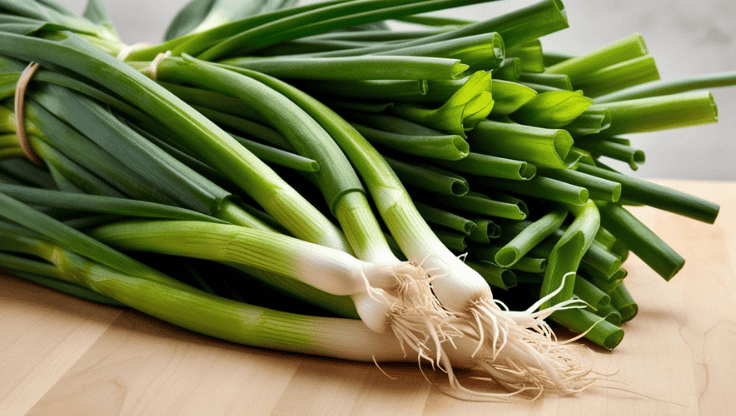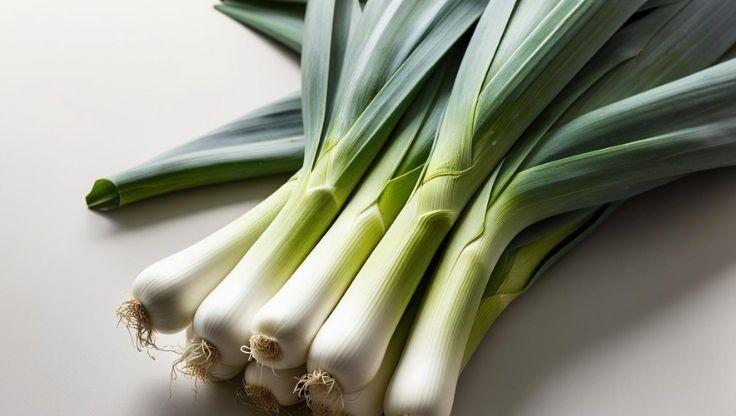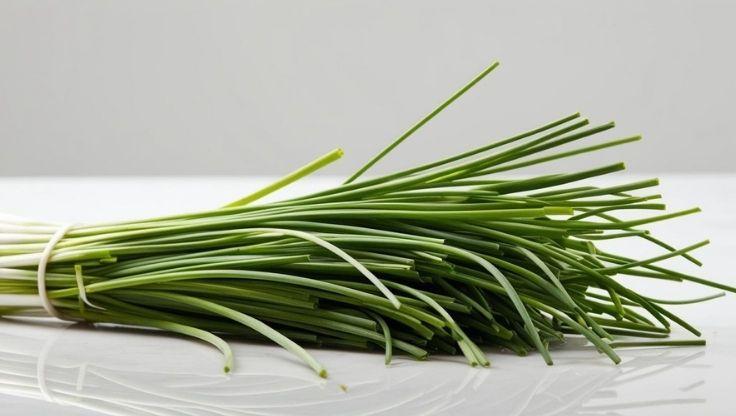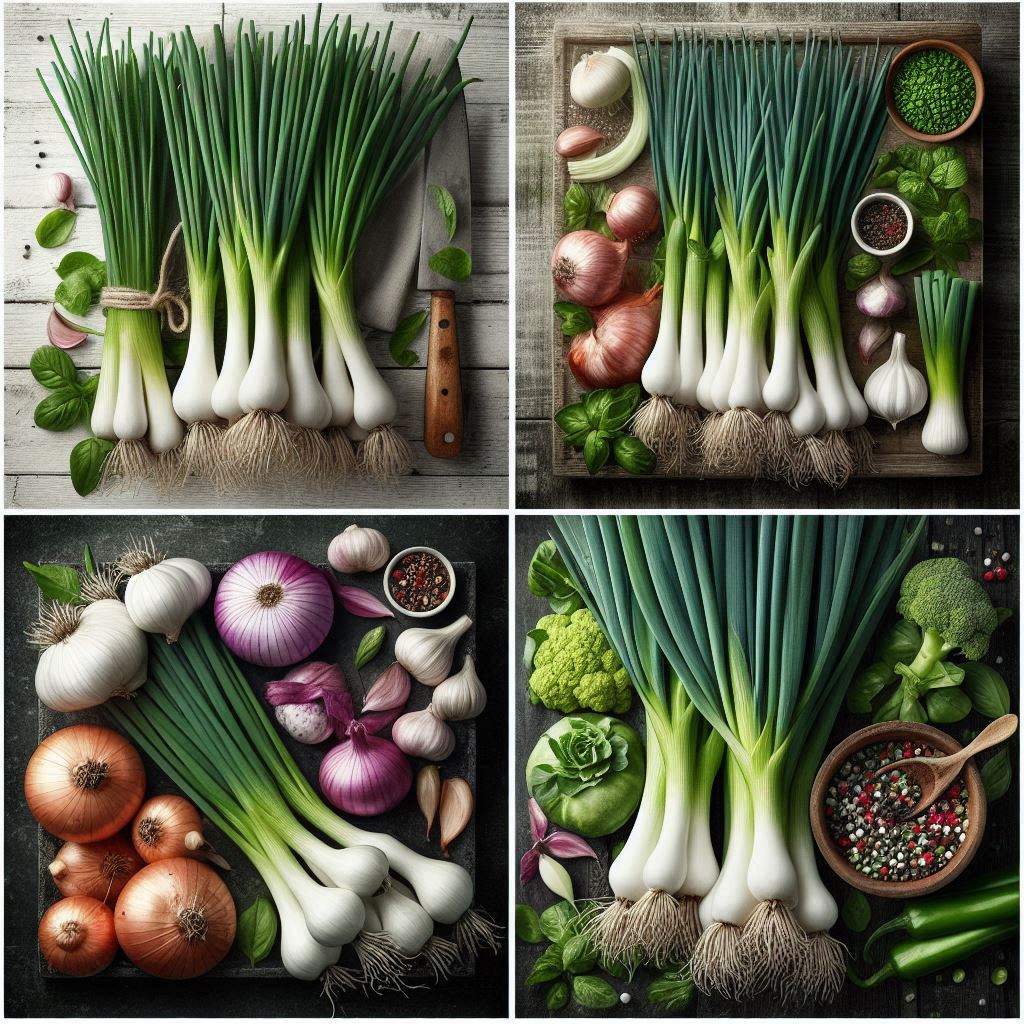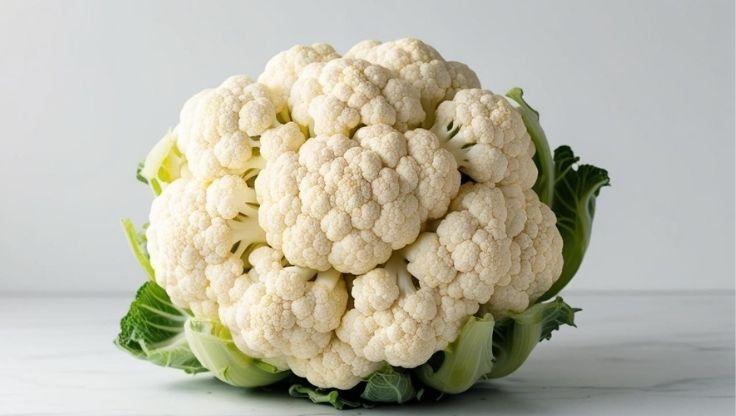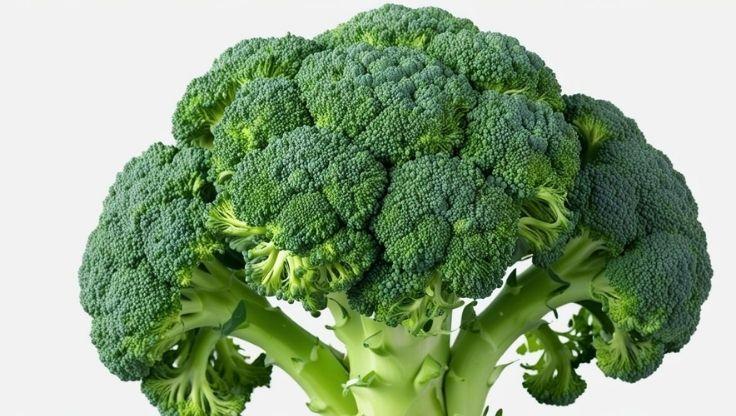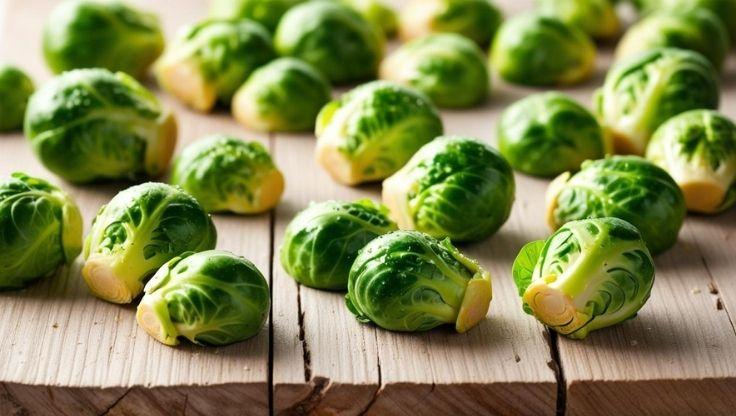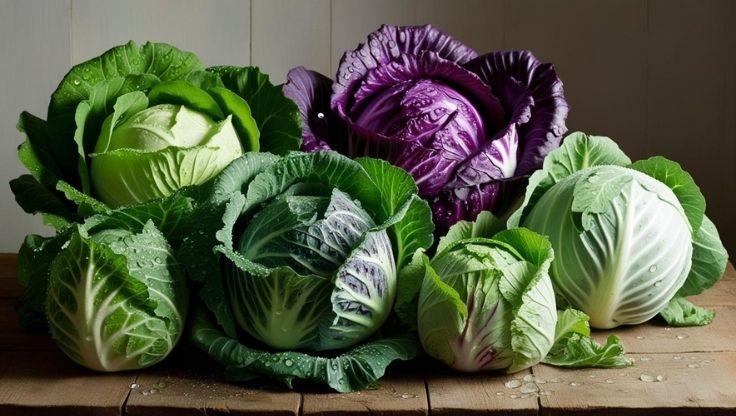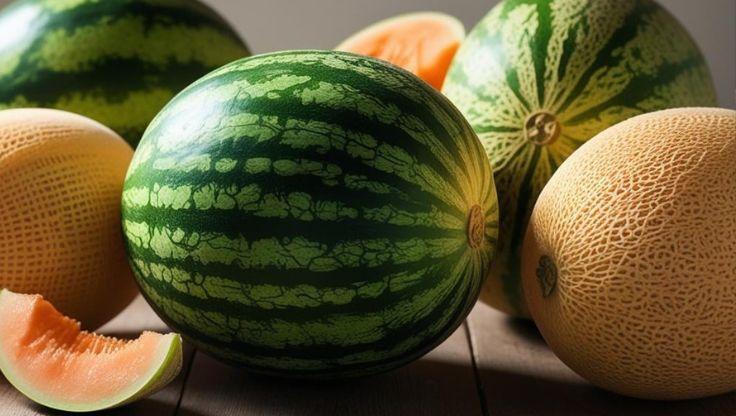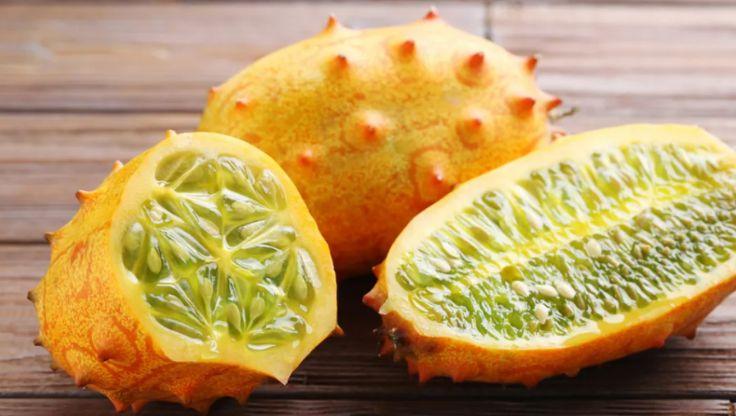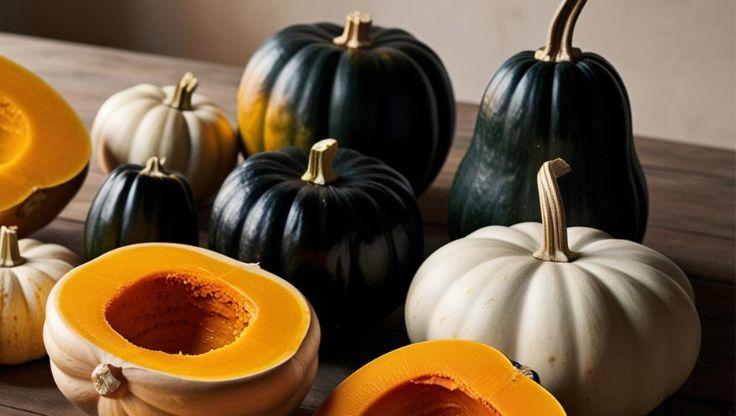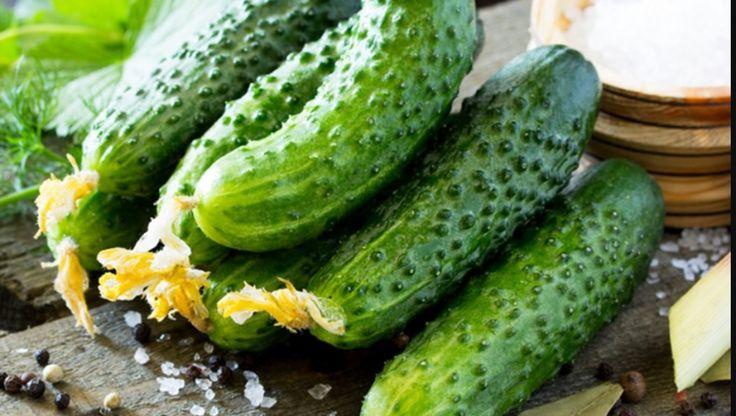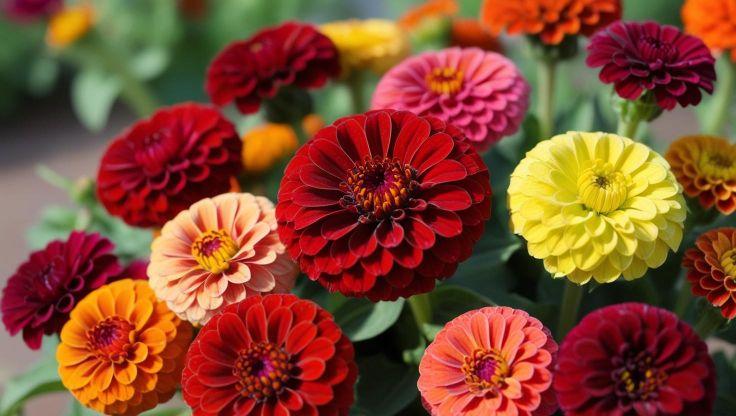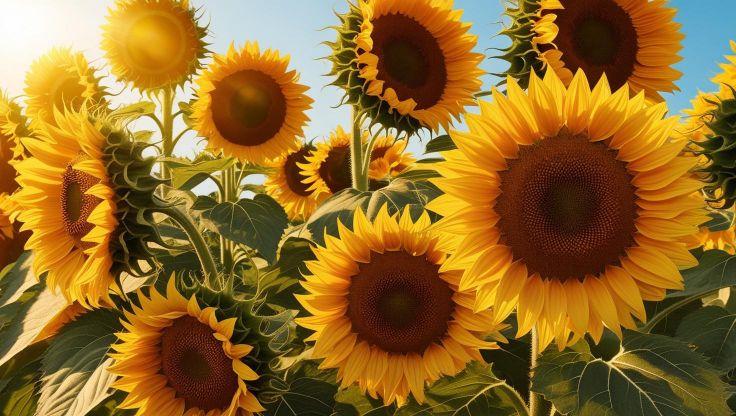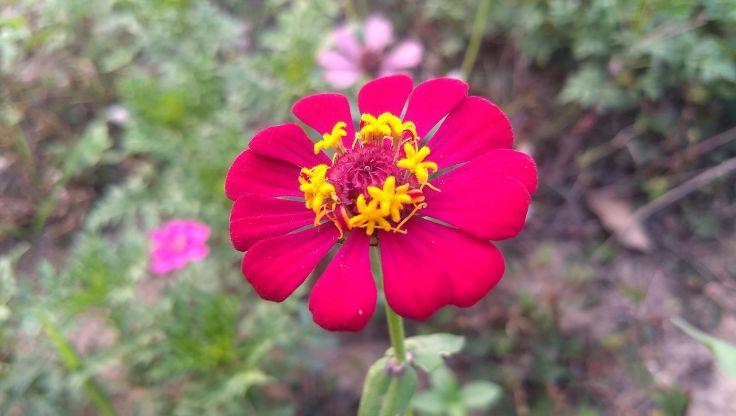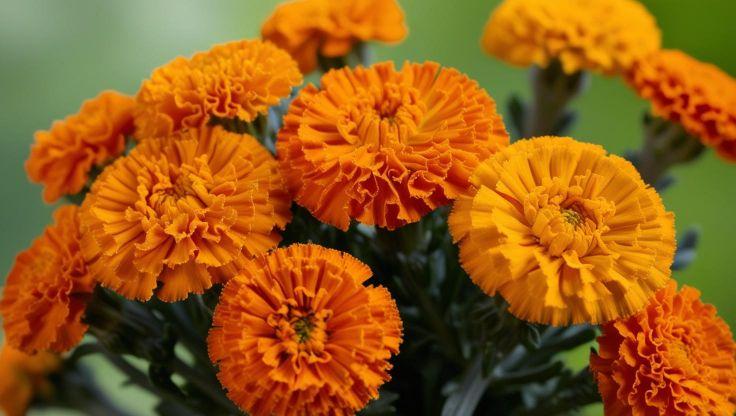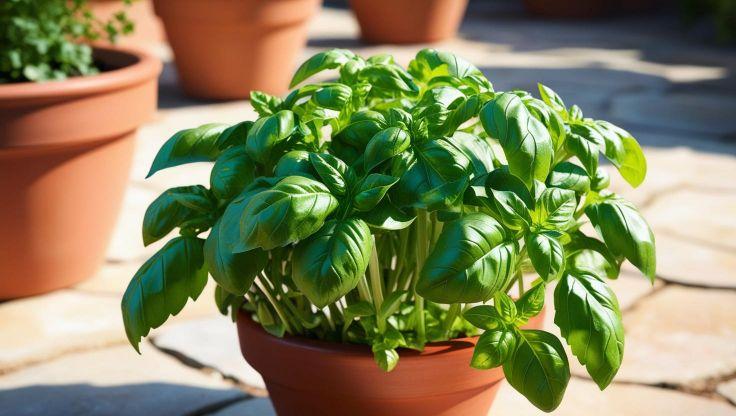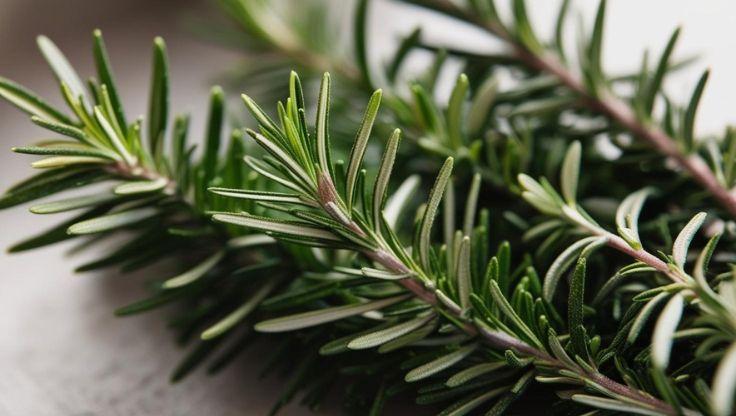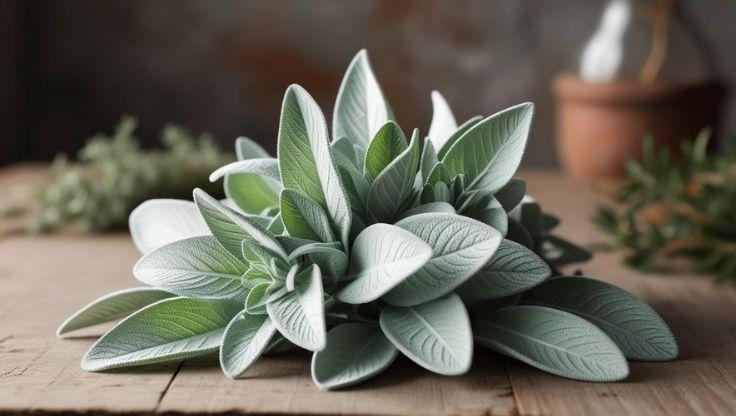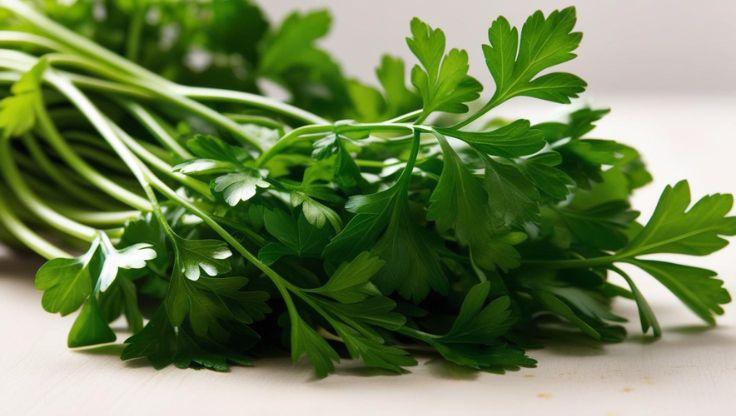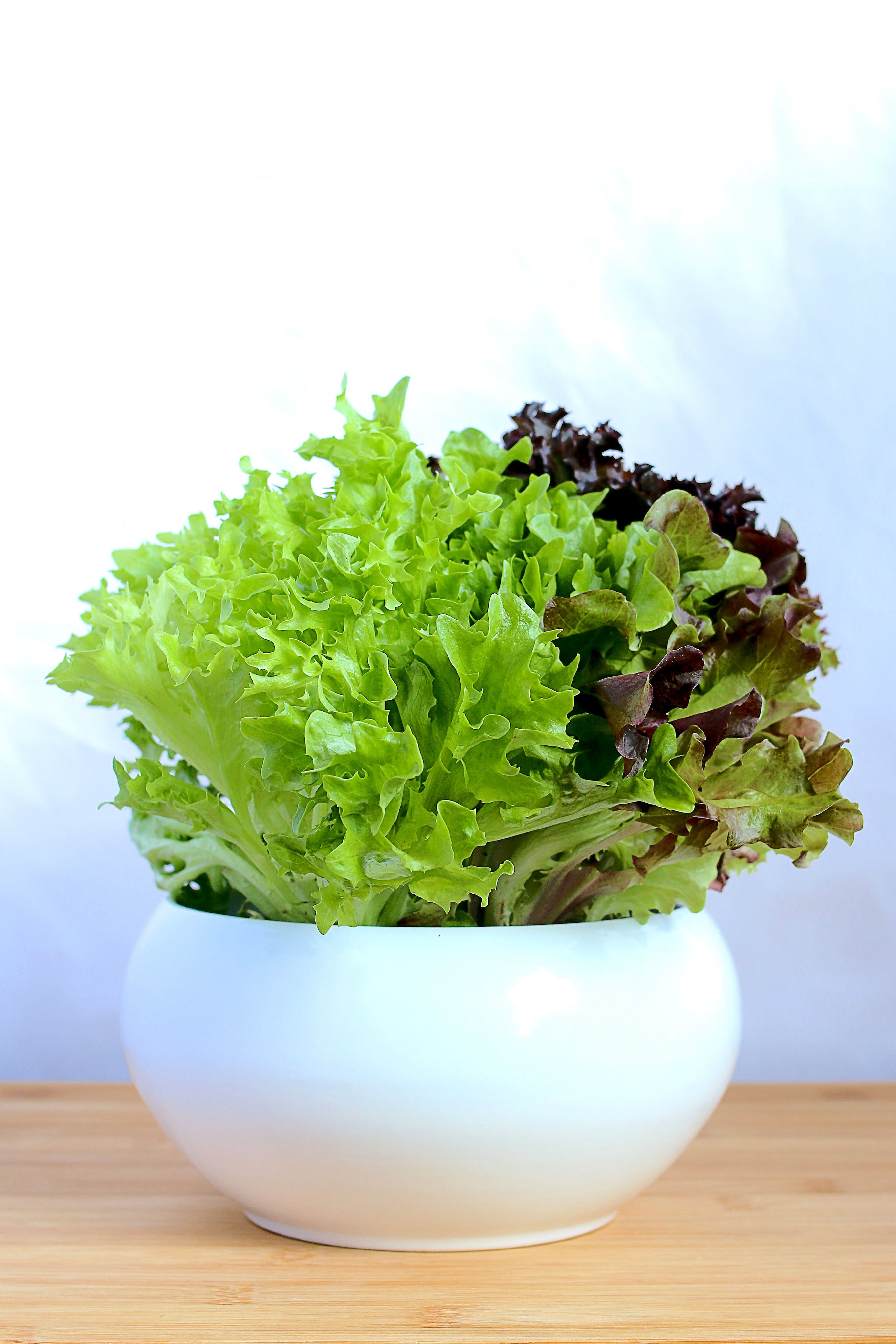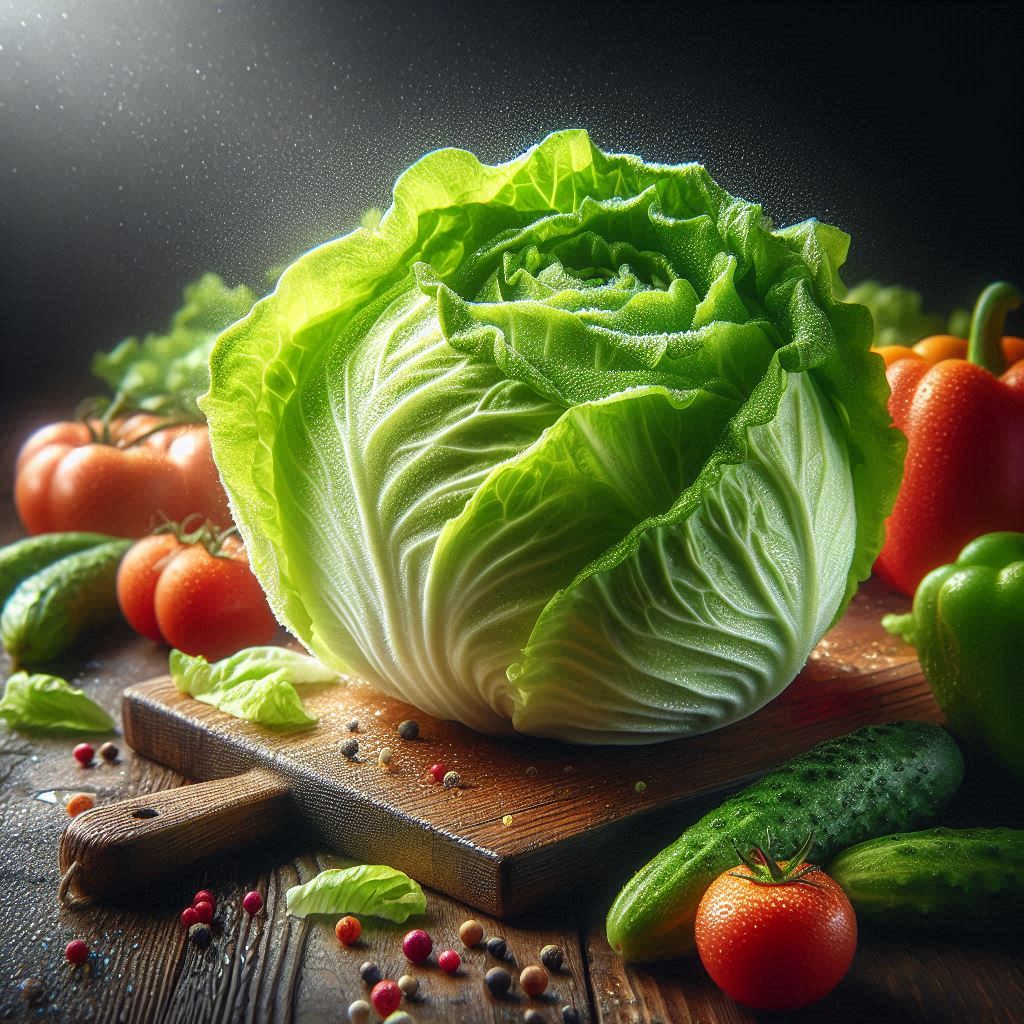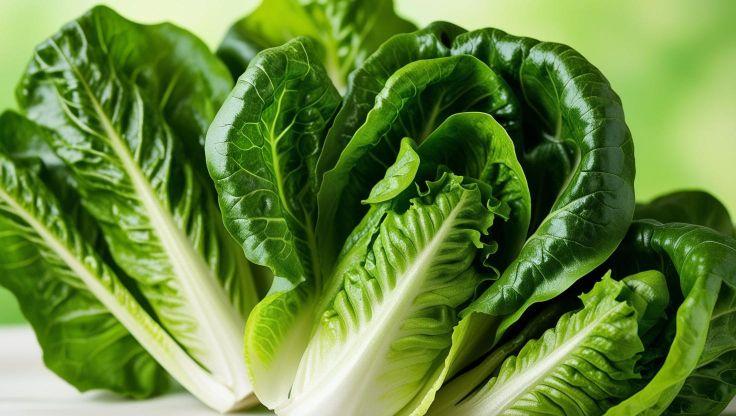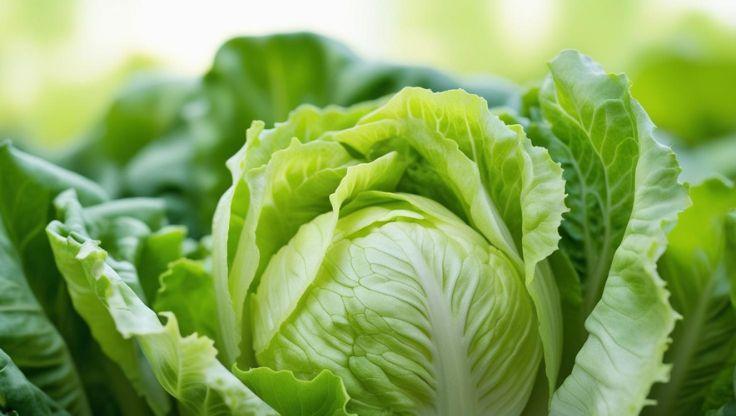Hydroponic Plants: Oregano and Its Cultivation in Hydroponic Systems
Oregano (Origanum vulgare) is a flavorful, aromatic herb widely used in Mediterranean cuisine for its robust taste and medicinal properties. Native to Europe, hydroponic plants like oregano flourish in controlled environments, benefiting from precise nutrient management, faster growth cycles, and reduced exposure to soil-borne diseases. With hydroponic systems, growers optimize water usage while producing high-quality herbs year-round.

Hydroponic Growing Conditions of Oregano
Optimizing pH and EC Levels for Hydroponic Plants
Oregano thrives in hydroponic plants systems when maintained within a pH range of 6.0–7.0, ensuring efficient nutrient uptake and robust growth. The electrical conductivity (EC) level should be between 1.5–2.5 mS/cm, providing the ideal mineral balance for healthy root development and aromatic foliage.
Scientific studies indicate that maintaining an EC level above 1.5 mS/cm promotes higher essential oil concentration, enhancing oregano’s flavor and medicinal properties. Proper nutrient management prevents deficiencies in magnesium and calcium, which are critical for strong cell structure and disease resistance.
Environmental Requirements for Hydroponic Oregano Cultivation
To achieve maximum yield and quality, hydroponic growers must maintain precise environmental conditions:
- Light Exposure: Requires 12–16 hours of full-spectrum LED or fluorescent lighting daily. Studies show that red and blue LED lighting improves photosynthesis efficiency and boosts leaf biomass.
- Temperature Regulation: Best grown at 18–25°C, ensuring steady metabolic function and preventing premature flowering. Extreme temperatures can slow growth rates and negatively impact essential oil production.
- Humidity Control: Ideally kept between 40–70%, preventing excessive moisture accumulation that leads to fungal diseases. Installing automated humidity regulators ensures stability and minimizes plant stress.
Advantages of Growing Oregano in Hydroponic Plants Systems
Hydroponic cultivation offers several benefits compared to soil-based farming:
- Precise nutrient delivery enhances oregano’s growth rate and flavor concentration.
- Year-round harvesting ensures consistent production without seasonal limitations.
- Reduced risk of pests and soil-borne diseases, leading to higher-quality, contamination-free produce.
- Efficient water usage, as hydroponic systems require up to 90% less water than traditional soil methods.
Optimized Hydroponic Systems for Oregano Growth
Modern hydroponic techniques such as nutrient film technique (NFT) and deep water culture (DWC) provide efficient oxygenation and continuous nutrient absorption. Proper pruning methods promote dense foliage and higher yields, allowing growers to harvest oregano within 90–120 days.
With expert hydroponic management, oregano becomes a high-value, aromatic crop, perfect for culinary and medicinal applications.
Cultivation Process of Oregano in Hydroponic Systems
Seed Germination and Planting
Oregano seeds should be placed one per hole in hydroponic trays to ensure proper spacing and nutrient absorption. Germination typically takes 7–21 days, depending on environmental conditions. To accelerate the process, growers can use rockwool or grow plugs, which enhance moisture retention and seed viability.
Once germinated, seedlings should be transferred to a nutrient-rich hydroponic system, such as nutrient film technique (NFT) or deep water culture (DWC), which provide efficient oxygenation and continuous nutrient absorption.
Growth and Maturation
After transplanting, hydroponic plants of oregano reach maturity within 8–12 weeks, producing lush foliage and strong root systems. Maintaining a pH range of 6.0–7.0 and an EC level of 1.5–2.5 mS/cm ensures optimal nutrient absorption and healthy development. Regular pruning encourages bushier growth and enhances essential oil concentration, improving flavor and aroma.
Popular Hydroponic Oregano Varieties
Several oregano varieties adapt well to hydroponic gardens, including:
- Greek Oregano (Origanum vulgare hirtum): Known for its strong, peppery flavor, widely used in Mediterranean cuisine.
- Italian Oregano (Origanum x majoricum): A hybrid with milder, sweeter notes, ideal for pasta sauces and herbal blends.
By following these cultivation guidelines, growers can achieve high-yield, aromatic hydroponic oregano, ensuring a steady supply of fresh herbs year-round.
Uses and Benefits of Oregano in Hydroponic Systems
Culinary Applications
Oregano is a staple in Mediterranean and Italian cuisine, enhancing the taste of pizza, pasta, grilled meats, and marinades with its bold, earthy flavor. Its aromatic profile makes it a preferred herb in seasoning blends, soups, and sauces. Hydroponic plants of oregano offer consistent quality and higher yields, ensuring a fresh supply year-round.
Studies show that hydroponically grown oregano retains its essential oils more effectively than soil-grown varieties, leading to stronger flavor and aroma. Whether used in herbal teas, infused oils, or spice rubs, oregano provides a rich, savory depth that elevates culinary creations.
Medicinal Properties
Packed with antioxidants and anti-inflammatory compounds, oregano supports immune health, digestion, and respiratory function. Research suggests that oregano can help reduce oxidative stress, ease digestive discomfort, and improve respiratory health. Additionally, its antimicrobial properties make it beneficial for fighting infections and boosting overall wellness.
Hydroponic plants of oregano are cultivated under controlled conditions, ensuring optimal nutrient absorption and higher concentrations of beneficial compounds. This makes hydroponic oregano an excellent choice for herbal remedies, essential oil extraction, and therapeutic applications.
Sustainability and Hydroponic Advantages
Growing oregano as a hydroponic plant offers several benefits:
- Precise nutrient control ensures optimal growth and flavor.
- Year-round harvesting provides a steady supply regardless of climate.
- Reduced pest and disease risks improve plant health and longevity.
- Efficient water usage, as hydroponic systems require up to 90% less water than traditional soil methods.
By integrating hydroponic plants into modern agriculture, growers can cultivate high-quality oregano with enhanced medicinal and culinary properties.
Research for expert insights
These resources deliver valuable expertise and in-depth content for those seeking more knowledge.
|
Institution |
Article Title |
Article Link |
|---|---|---|
|
MDPI |
Selenium Improves the Nutritional and Antioxidant Properties of Oregano (Origanum vulgare L.) Grown in Hydroponics |
Their thorough examination sheds light on key details, making them an indispensable guide for expanding knowledge.


